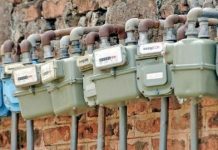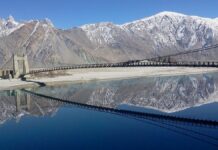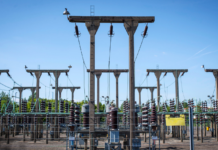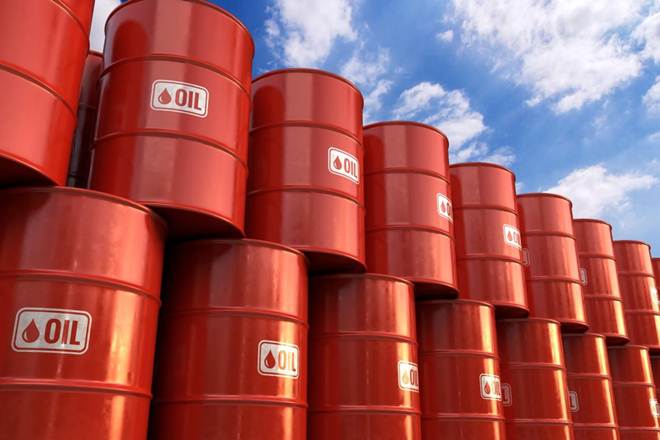New data shows that the country’s known oil and gas reserves have grown — for the first time since 2020. Modest in absolute terms, the turnaround may not be an inflection point, but it does provide at least a temporary respite from a years-long decline in domestic energy prospects and bringing hope to a country grappling with surging import bills and chronic supply shortfalls.
According to Arif Habib Ltd.’s latest report on Pakistan’s hydrocarbon sector, total oil reserves surged by 23% year-on-year, from 193 million barrels in December 2023 to 238 million barrels as of December 2024. Gas reserves remained stable at 18,142 billion cubic feet (bcf) — a marginal increase from the previous year’s 18,109 bcf, but crucially, a break in the multi-year downtrend that had seen domestic production capacities steadily deteriorate.
The revival, analysts say, is being powered by an uptick in new discoveries and upward revisions in reserve estimates at a range of smaller and mid-sized fields — an unexpected silver lining in what has otherwise been a bleak energy outlook. The content in this publication is expensive to produce. But unlike other journalistic outfits, business publications have to cover the very organizations that directly give them advertisements. Hence, this large source of revenue, which is the lifeblood of other media houses, is severely compromised on account of Profit’s no-compromise policy when it comes to our reporting. No wonder, Profit has lost multiple ad deals, worth tens of millions of rupees, due to stories that held big businesses to account. Hence, for our work to continue unfettered, it must be supported by discerning readers who know the value of quality business journalism, not just for the economy but for the society as a whole.To read the full article, subscribe and support independent business journalism in Pakistan

























